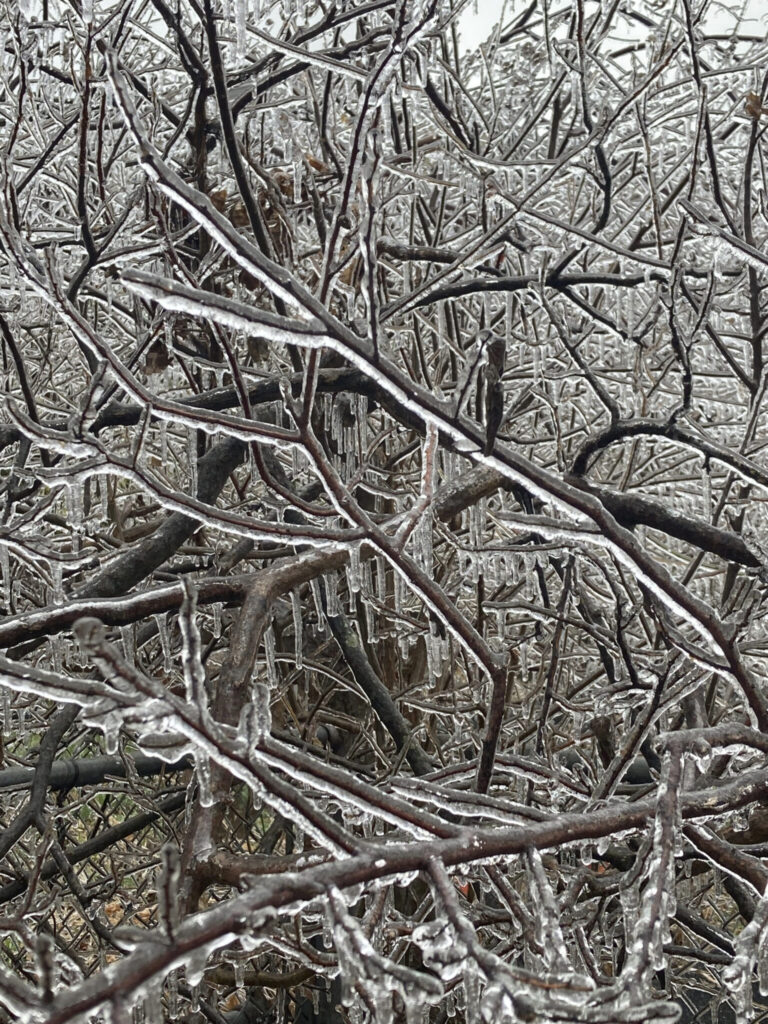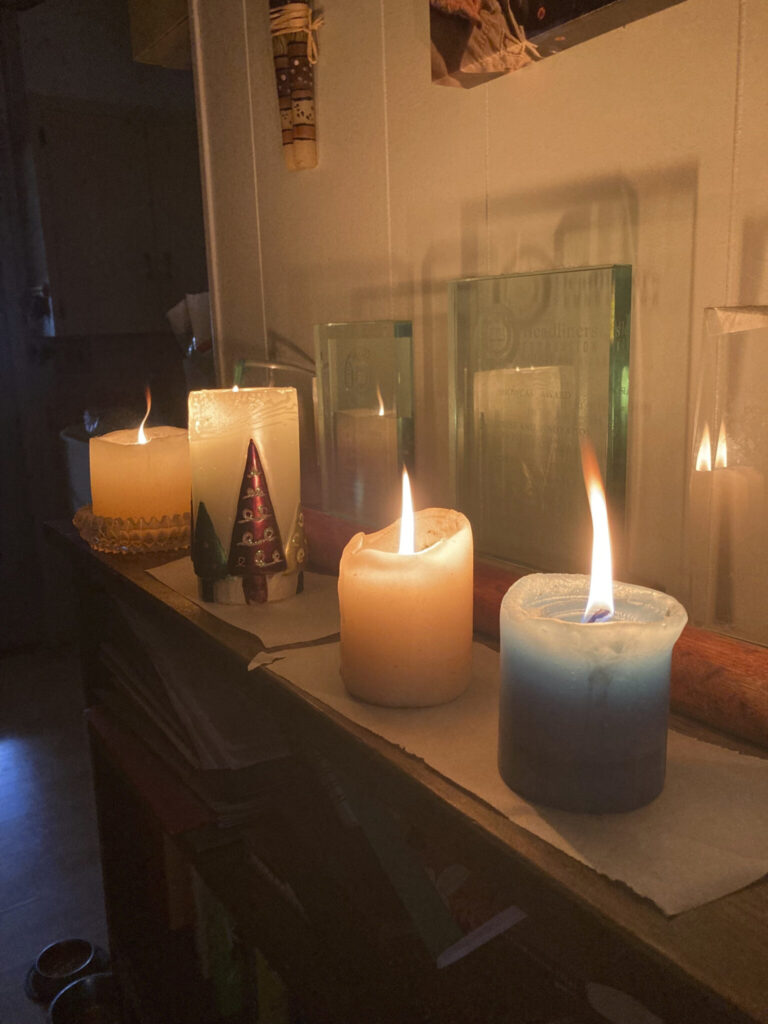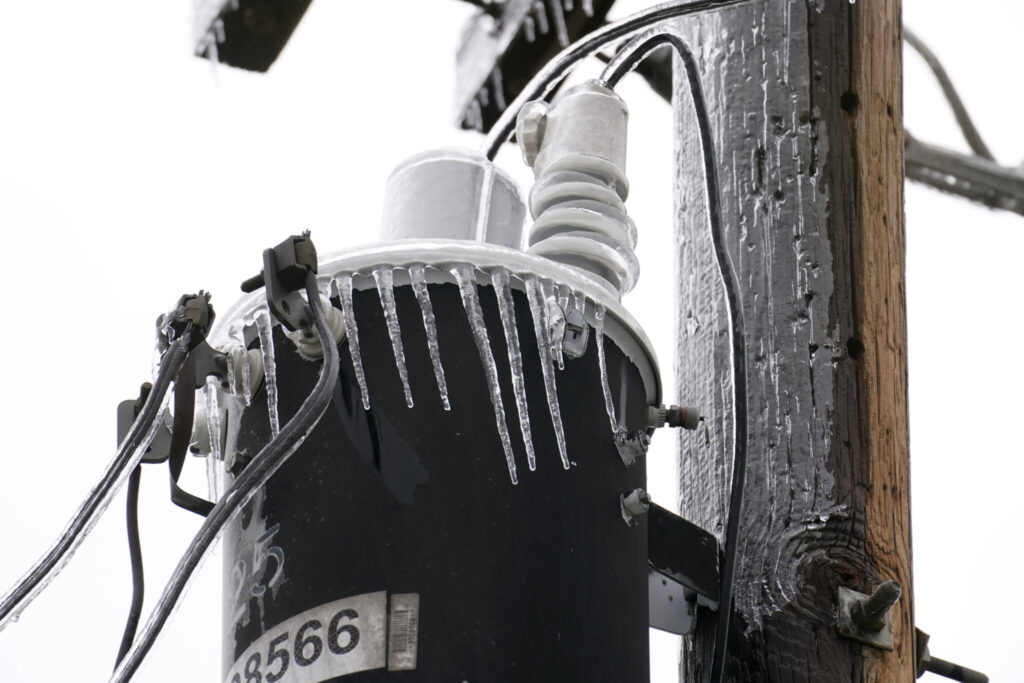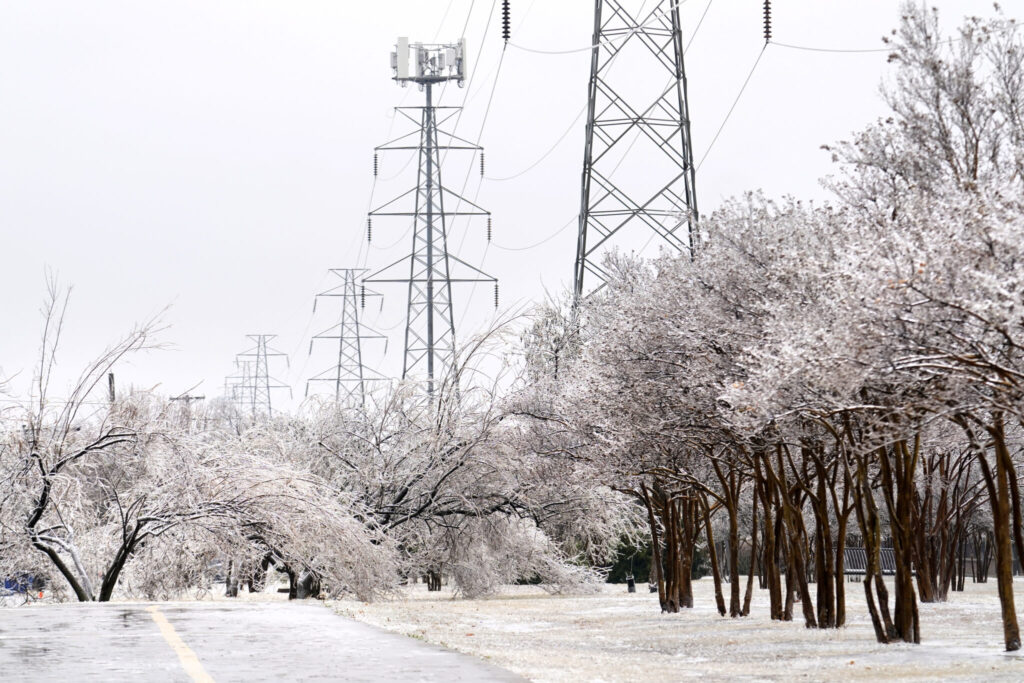The U.S. Northeast braced on Friday for a historic deep freeze, with wind chills expected to plunge to the equivalent of -50 degrees Fahrenheit (-46 Celsius) in some spots, while freezing rain in the South left thousands without power and turned roadways into ice rinks. Dangerous wind chills were likely in an area stretching from northern Pennsylvania to Maine starting early on Friday and through Saturday evening, the National Weather Service said in its forecast. The Associated Press has the story:
TX power woes linger; New England girds for freeze
Newslooks- (AP)
Rising temperatures offered some hope Friday for frustrated Texans days after they lost power — and in many cases heat — in a deadly winter storm, while a new wave of frigid weather rolling into the Northeast led communities to close schools and open warming centers.
Wind chills in some higher elevations of the Northeast could punch below minus 50 (minus 45 Celsius) as an Arctic front swept in from Canada, forecasters said.
In Texas, Austin officials compared damage from fallen trees and iced-over power lines to tornadoes as they came under criticism for slow repairs and shifting timelines to restore power. More than 250,000 customers across the state lacked power early Friday, down from 430,000 on Thursday, according to PowerOutage.us.

“Our heat source is our fireplace … and we’ve been in bed, snuggled up under like five or six blankets,” Edward Dahlke, of Spring Branch, southwest of Austin, told KSAT-TV. “Just think that our utility companies need to do a better job making sure our infrastructure is maintained properly.”
Pauline Frerich, also of Spring Branch, told KSAT that she had no way to prepare a meal without electricity, and that she worries about the cost of replacing hundreds of dollars of spoiled food. As the storm swept over this week, the indoor temperature fell to 29 degrees (-1 Celsius), and the sounds of tree limbs breaking unsettled her.
“And you didn’t know, was it on the roof, was it just in the yard?” Frerich told KSAT. “But it’s very nerve-wracking.”
Power failures were most widespread in Austin. Impatience rose there among about 126,000 customers days after the electricity first went out.

Thursday night, officials backtracked on early estimates that power would be fully restored by Friday evening. Damage was worse than originally calculated, they said, and they could no longer provide an estimate.
The outages recalled the 2021 blackouts in Texas, when hundreds of people died after the state’s power grid was pushed to the brink of total failure because of a lack of generation. There have been no reports of deaths from this week’s power outages, though the storm and freeze have been blamed for at least 11 traffic deaths on slick roads in Texas, Arkansas and Oklahoma.
In New England, temperatures began plunging Friday morning, according to National Weather Service lead forecaster Bob Oravec.
“The worst part of the upcoming cold snap is going to be the wind,” which has already topped 80 mph (129 kph) in higher elevations, Oravec said, and is expected to produce frigid wind chills — the combined effect of wind and cold air on exposed skin — on Saturday.
The worst wind chills in the populated areas of the Northeast shouldn’t go lower than minus 40 (minus 40 Celsius), he said.

Winds gusting to 40 mph raised the prospect of power outages in Maine, and communities began opening warming stations.
Even cold-weather sports were curtailed. Some ski resorts scaled back operations, eliminating night skiing and reducing lift operations. A popular weekend pond hockey tournament was postponed, and the National Toboggan Championship pushed Saturday’s races back by a day.
Schools closed Friday in Boston and in Manchester, New Hampshire’s largest city. “In these conditions, frostbite can develop in as little as 30 minutes,” an announcement on the Manchester district’s website read. “This is simply too cold for students who walk home.”
The system is expected to move out of the region Sunday.







